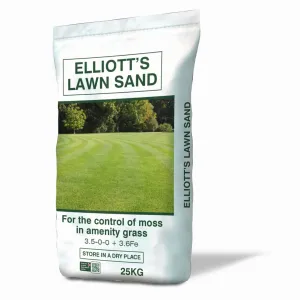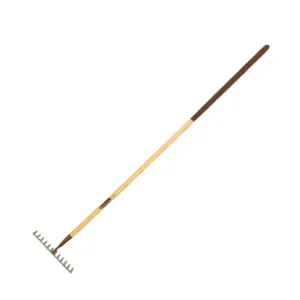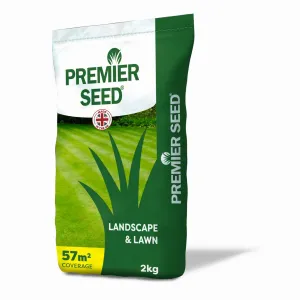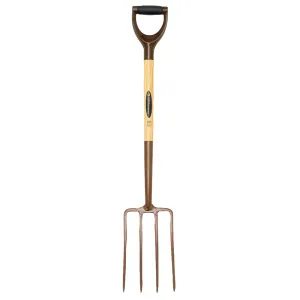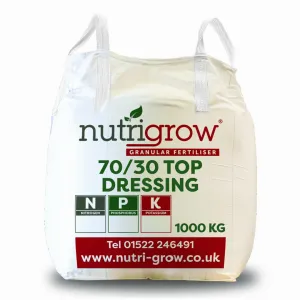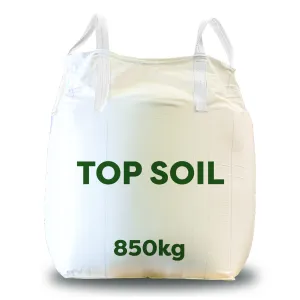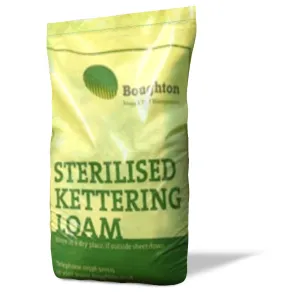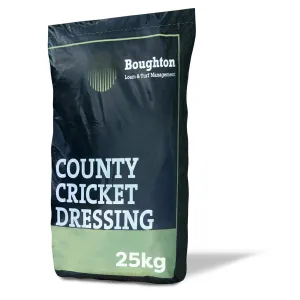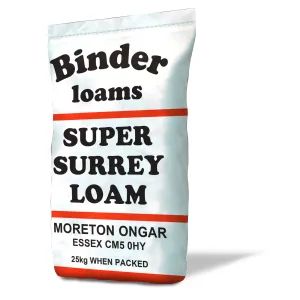You will need:
- Sand
- Topsoil
- Compost
- Water (sprinkler/hose)
- Garden rake
- Grass seed
- Squared-off shovel
- Garden fork
How To Level A Lawn:
Before starting, we advise checking how much of your lawn needs levelling and if there might be any drainage problems. If it proves to be drainage that’s the issue then we’d suggest you seek professional advice before continuing.
We find there are two methods for levelling a lawn depending on the extent of damage in an area. One for shallow spots and one for spots deeper than 2-3cm.
You’ll need the following:
- Sand
- Topsoil
- Compost
A combination of all three is best to allow for a nutrient rich and healthy soil to take shape. You must pre-water your lawn before levelling ensuring the soil isn’t too hard or powdery to avoid difficulty when making adjustments. Spring is the best time of year to carry out this work as the growing season will give the soil time to settle.
First, to determine which method would be best for an area, you should check the depth.
For areas with divots below 2cms, the top dressing can be applied directly. Spread out a thin layer over the area and even with a garden rake until completely filled. Use your feet and the flat side of the rake to tamp down and compact the soil. Then lightly water to further aid compaction and leave to settle. Allow a few days for the grass to settle before sowing the grass seed. Once you’ve distributed the seed, add a further light dusting of topsoil mix and pat down the area gently. Within the first two days the soil will need a light spray of water up to four times per day to assist in the grass seed germination. If there are any bare spots remaining after the soil has settled you can add another application.
With deeper low spots you will need a squared-off shovel to slice into the centre and beyond the edges of the bump or hollow in a cross shape. Keeping the cut even will make it easier to lift with breaking. Cut to about 5cm deep, then slide the shovel underneath to cut each of the sections horizontally. Try to keep the shovel as flat as possible to maintain and even thickness of soil. Peel back the edges of the turf until you can lay them flat again without them breaking.
If you need to level a bump in your lawn, dig out the excess soil until level with the grass surrounding and tread down, folding the flaps of turf back over when complete.
To fill a hollow, you’ll need a garden fork to turn over the soil to about 5cm deep. Be sure to remove any large stones and break down any large clumps. Then tread down to compact the soil so the turf doesn’t sink afterwards. Use your top dressing mixture to fill the hole until level with the surrounding area then rake over to break the soil down before folding the flaps of turf back over into place. If you spot any gaps between the cuts made, fill these with more top dressing to stop the edges drying out and yellowing. Then water regularly and allow for the grass seed to grow.




